Principles of Finance (FIN 601) Assignment: Ratio Analysis
VerifiedAdded on 2023/01/12
|7
|939
|32
Homework Assignment
AI Summary
This finance assignment provides a comprehensive analysis of a company's financial performance using its income statement, balance sheet, and ratio analysis. The assignment begins with the preparation of an income statement, calculating key figures such as gross profit, operating profit, and net profit, along with earnings per share and dividends per share. Following this, a balance sheet is constructed to assess the company's assets, liabilities, and equity. The core of the assignment involves a detailed ratio analysis, covering profitability ratios (like Return on Equity and Gross Profit Margin), activity ratios (such as Asset Turnover and Inventory Turnover), liquidity ratios (Current Ratio and Quick Ratio), and debt ratios (Debt-Equity Ratio). The analysis includes the calculation of these ratios and their interpretations, offering insights into the company's financial health, efficiency, and risk profile. The analysis highlights the company's strengths, such as a good return on equity and efficient asset utilization, while also pointing out potential areas of concern, such as a high debt-equity ratio.
1 out of 7
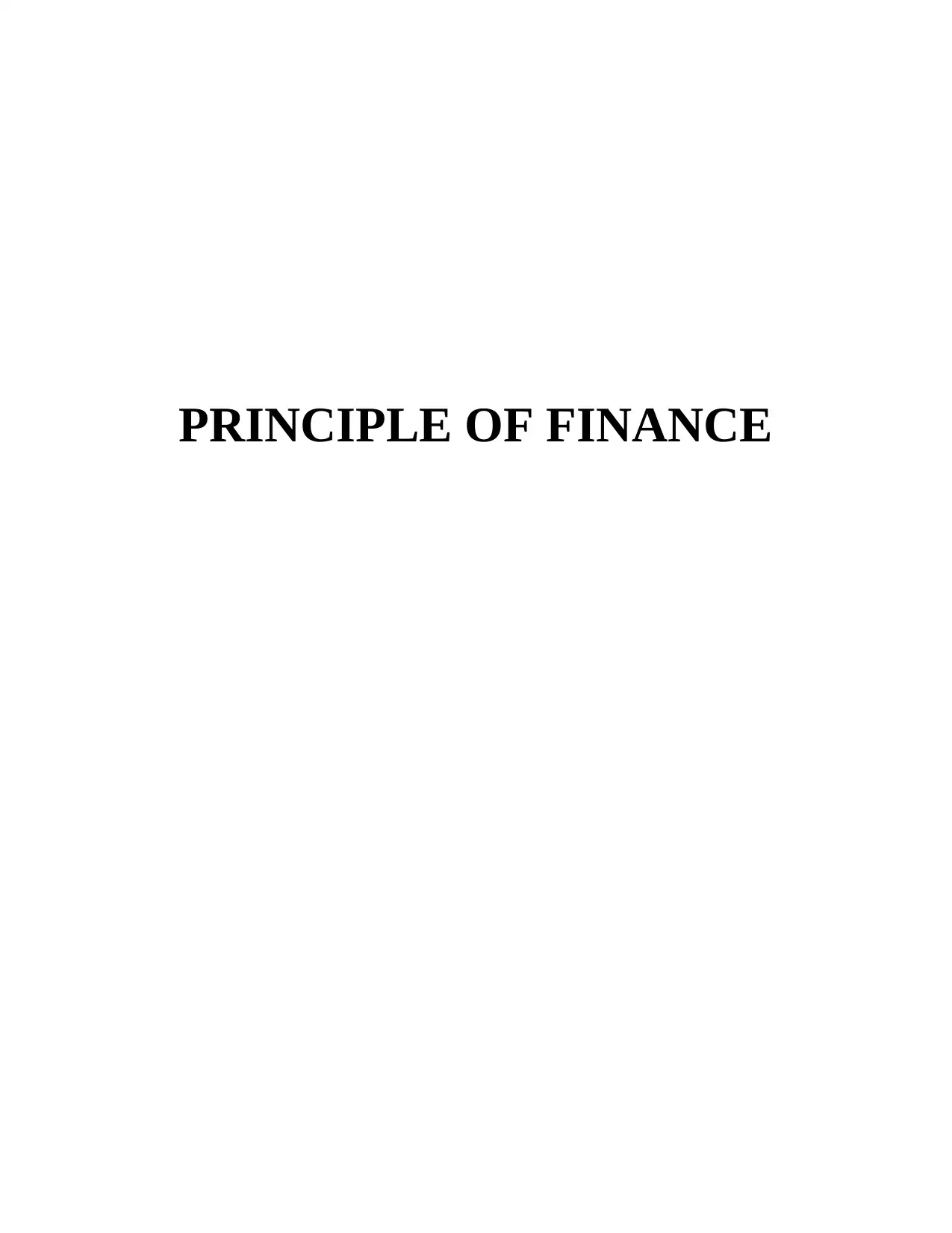
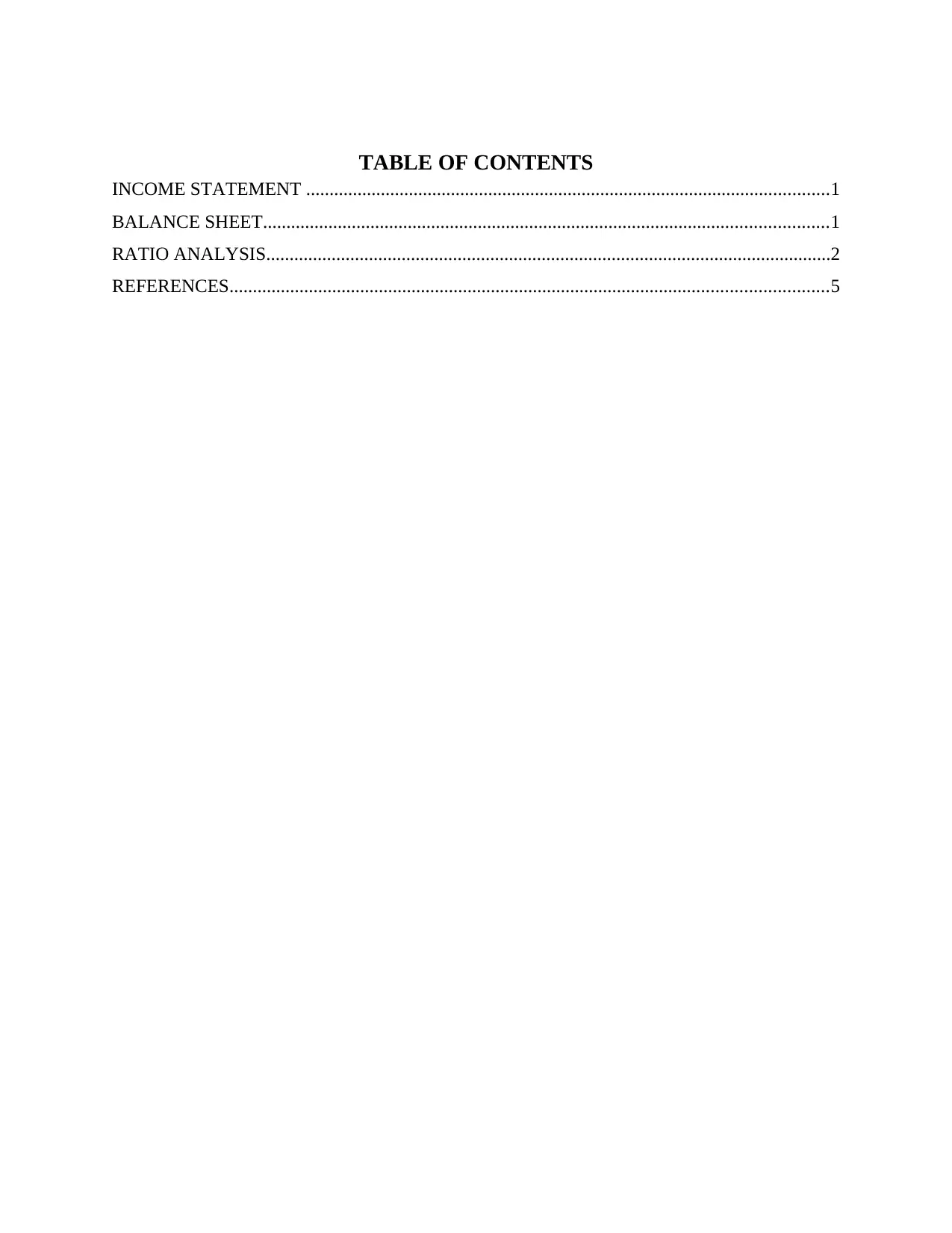


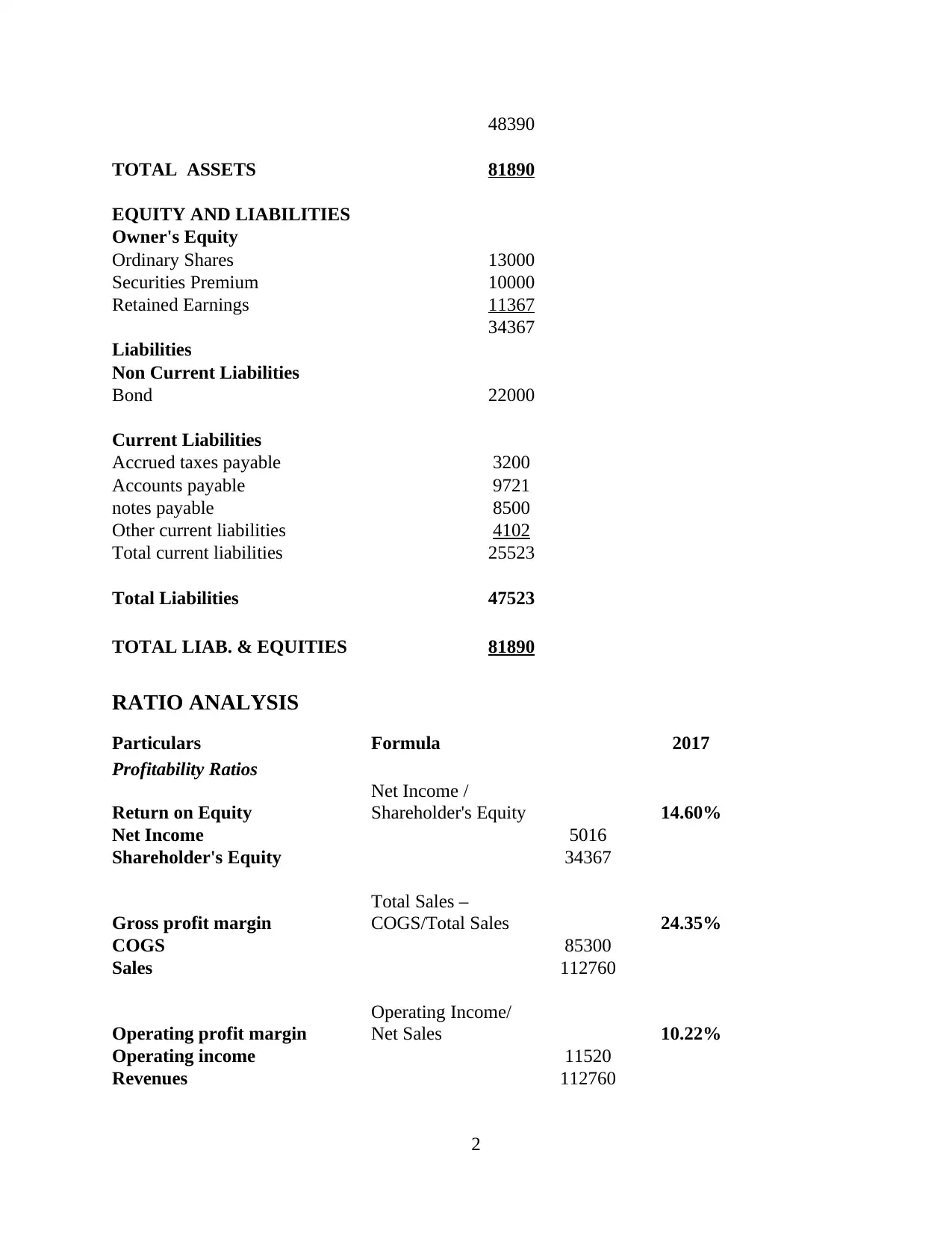

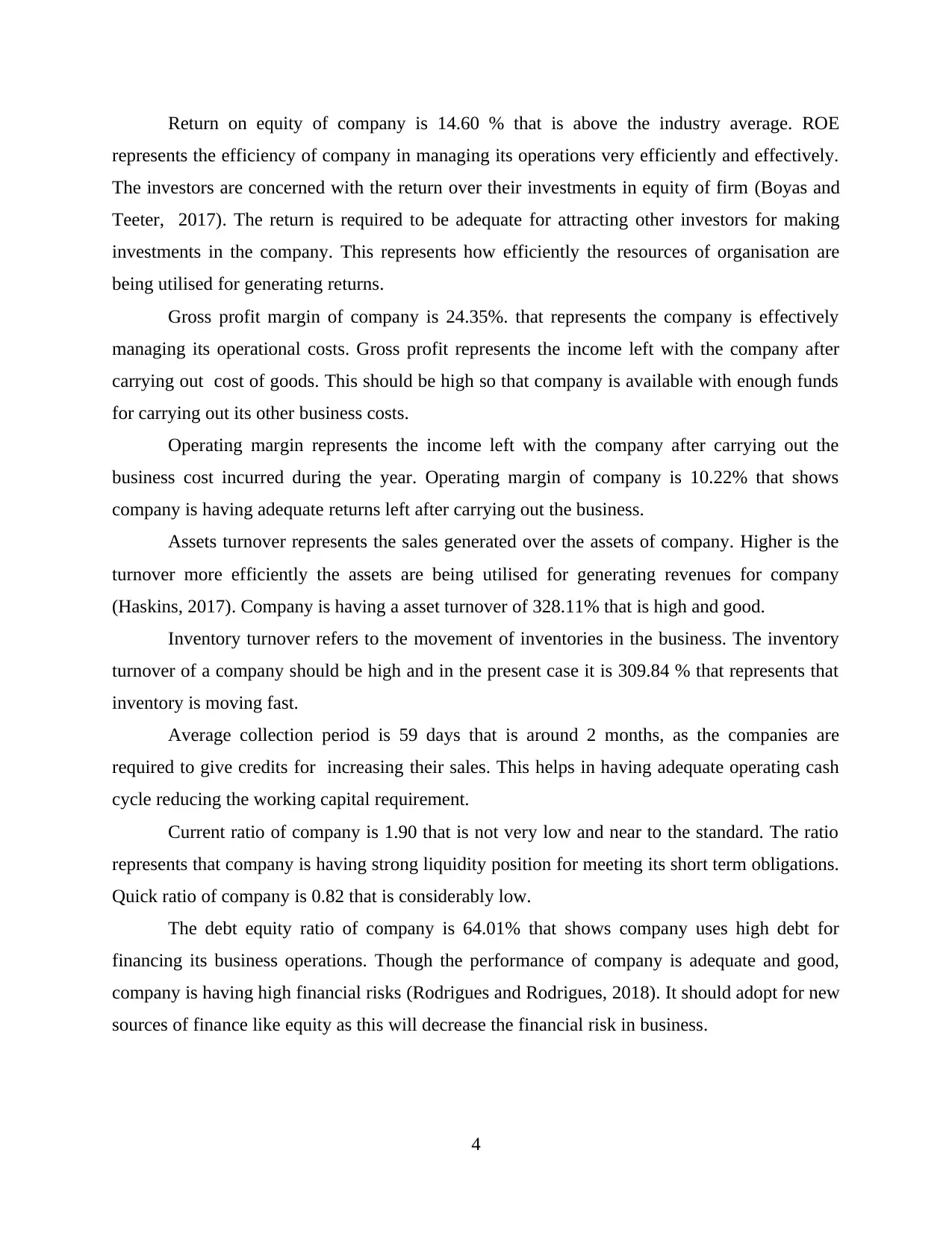
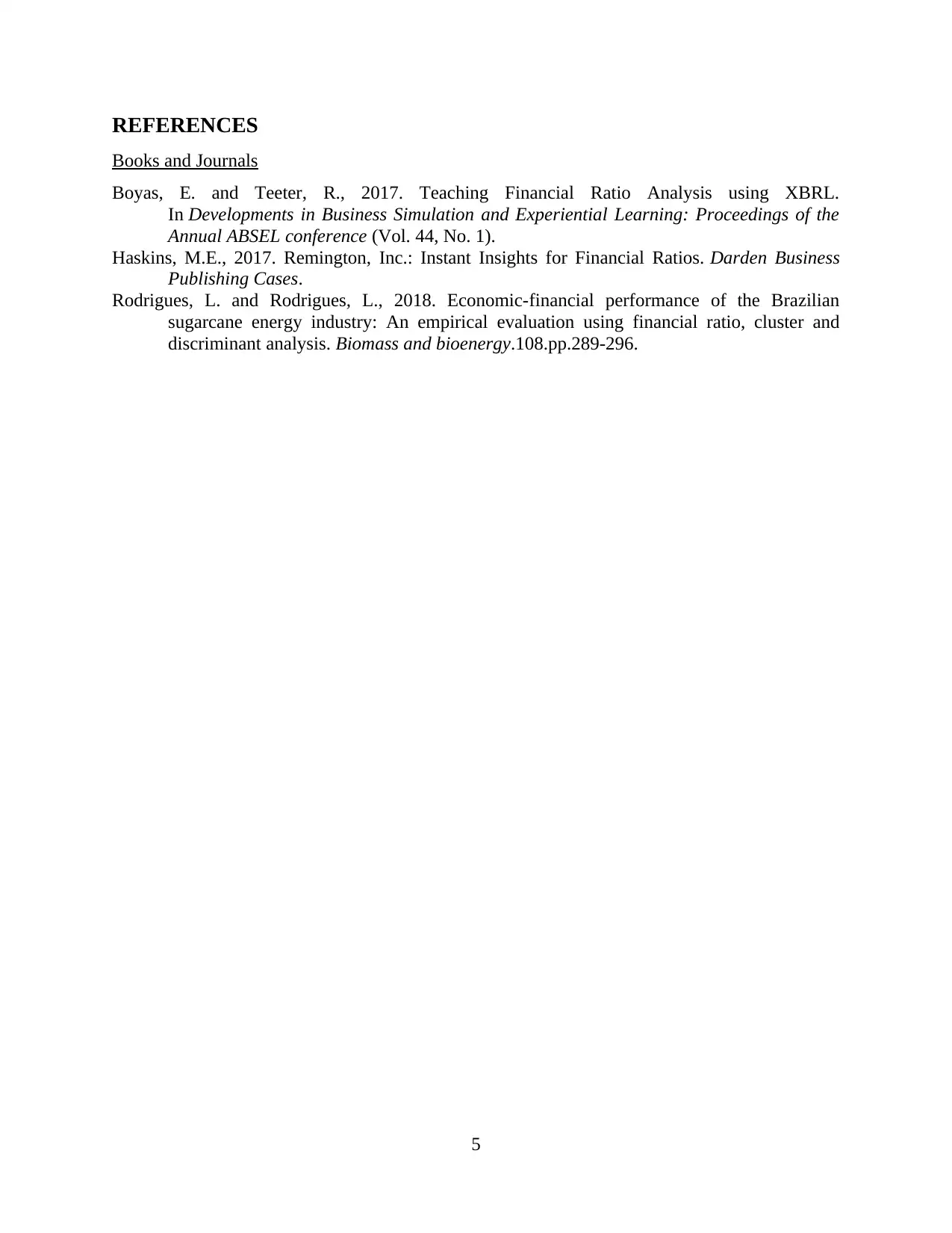






![[object Object]](/_next/static/media/star-bottom.7253800d.svg)